Mobile marketing shapes social media strategies by focusing on how people actually use their phones—quickly, often, and on the go. Social media is now designed for the small screen first, with vertical videos for full-screen impact, fast-loading visuals to reduce bounce, and native-style posts like Reels and Stories.
This mobile-first approach ensures that brand messages appear naturally in a user’s daily scroll. As a result, social media strategies are no longer desktop-based—they’re built entirely around mobile behavior.
Mobile marketing is now more than just a side strategy; it serves as the gateway to modern consumer connections, conveniently accessible in our hands. There is one truth about the life we live today, and that is that we live our lives on our telephones. Thumbs today are instruments for learning, for deciding, for networking—and, admittedly, for consuming. Every scroll, tap, and swipe provides an opportunity for a brand to get into an individual’s life.
That is why mobile marketing strategies and social media marketing on our cellphones today aren’t just helpful—they’re absolutely necessary. When your brand shows up in the digital rhythm of the day, not only are you “noticed.” You are remembered.
Understanding Mobile Marketing
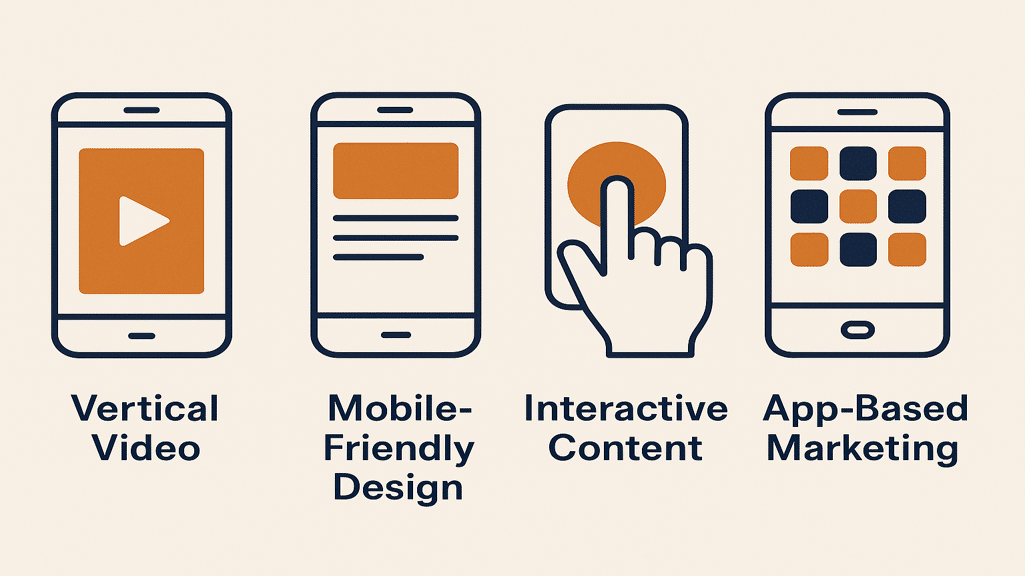
Mobile marketing isn’t just sending messages or getting your site to look okay on the phone. It has its own strategy for reaching individuals where they already are—on the small screen that they visit 80 times in a day.
It goes from vertical video through design for the mobile-friendly screen, interactive narrative, app-based experiences, and even DMs. But most importantly, it is about thinking inside-out. Not «how do we make it work on mobile?» but «how do we make our best for mobile marketing?»
Why Mobile Delivers More

What makes mobile so powerful is not just that people spend all day on it—it is the way in which people use it. Mobile experiences are short, goal-driven, and hyper-contextual. What that suggests is that your content doesn’t necessarily need to grab attention; it needs to be effortless and natural.
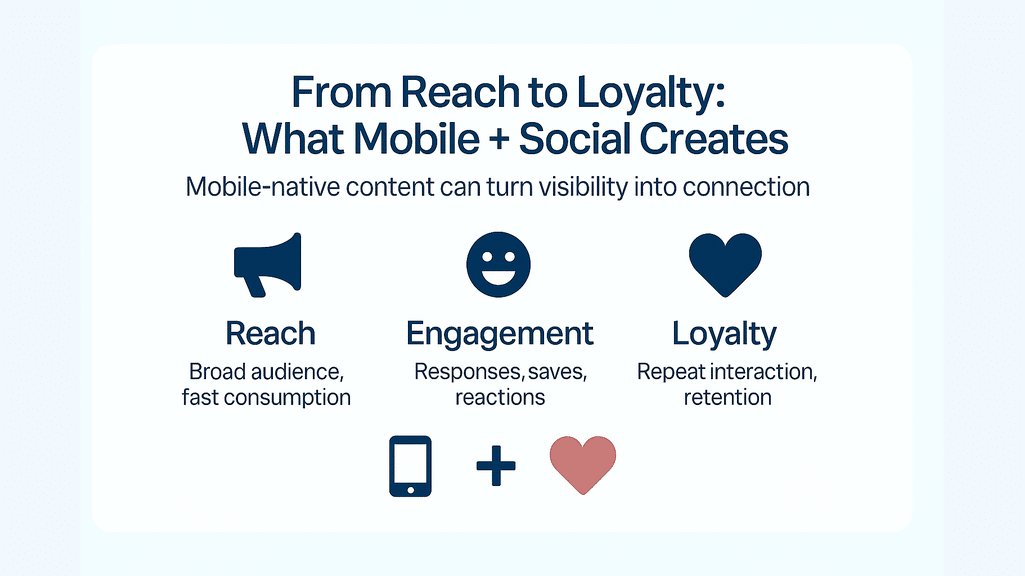
When your videos load in an instant, your stories are authentic, and your CTAs are at the user’s fingertips, then your audience stays with you. Better still—they keep coming back. This kind of smooth, mobile-first experience generates loyalty and sustainable growth, not only likes. Social media is the perfect vehicle for it. It is where people interact with the media in their native environment, the mobile “habitat.” When social and mobile marketing work together, engagement turns into a real organic interaction. It will become the rhythm between you and your audience, not only “reach.”
In Sync: Social and Mobile
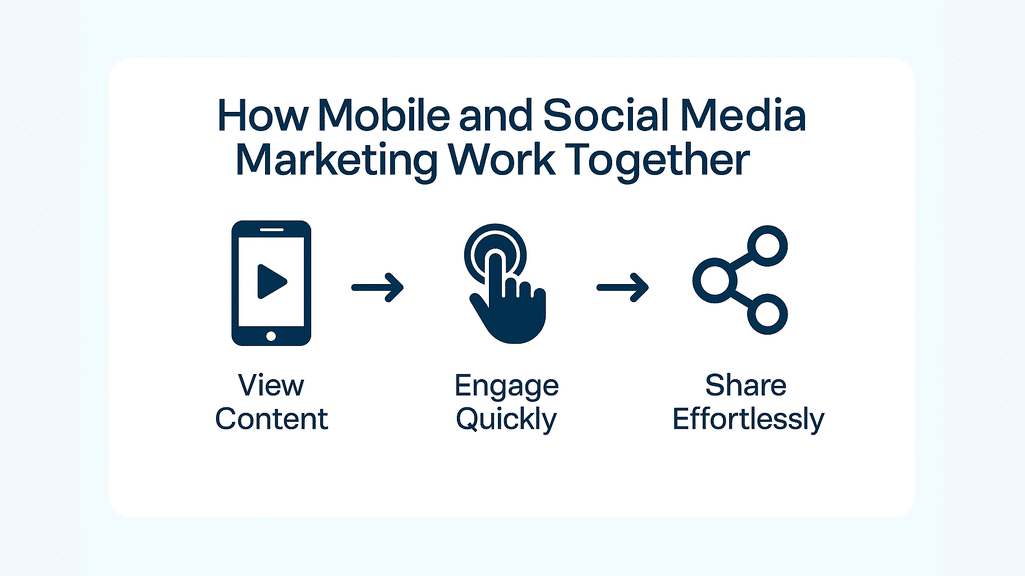
The real secret about marketing is there are no secrets at all. It is all about meeting people where they’re at; in our context, it is social media, especially on mobile. Users don’t want to leap through hoops. If content can grab their attention, they want to act towards your channel instantly. That means your content has to open up quickly, appear excellent vertically, and make a tie with the audience in two seconds. If it makes them laugh, think, or tap, then you’re good to go.
Instead of an inanimate photo and a link through to an article post, why not a spontaneous, phone-snapped, in-the-moment photo or video, with perhaps an explanation for your team, maybe even an actual customer response, built into an edited Reel or Story?
This kind of native content doesn’t only become more authentic—it becomes more credible too.
Strategic Fields of Mobile Marketing
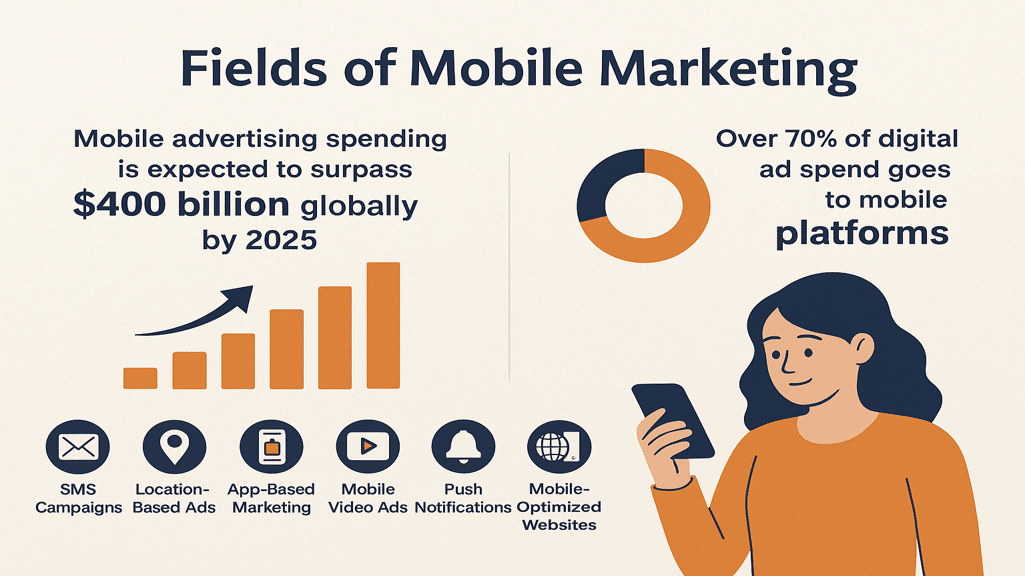
Mobile marketing is not a one-way solution; it has a wide range of fields; each tailored to a specific type of user or platform. Whether via SMS campaigns and mobile-friendly sites, targeted geofencing via push notification, or in-app ads, each app has a purpose in the way brands are trying to hit users wherever they are: their phones.
Take, for example, the case of app-based marketing, when brands build end-to-end user experiences from the onboarding process through loyalty schemes. Or location-based marketing, when live GPS coordinates are employed to deliver hyper-targeted ads—like alerting a person to coffee deals the instant a coffee shop is passed by. Mobile video ads, particularly those in the vertical format, receive five times longer views than those on desktop. All of them are not only tactics but also responses to a new kind of user behavior: fast, personal, and constant movement.
Building Mobile-First Mindset

When planning your next campaign, ask yourself the following questions:
- How will it look on a mobile phone screen?
- Can the message be understood in five seconds?
- Do you want to watch or tap on something like that?
- Am I making it simple for them to take the next step?
Because if the answer is yes all along, then you’re designing a mobile-first.
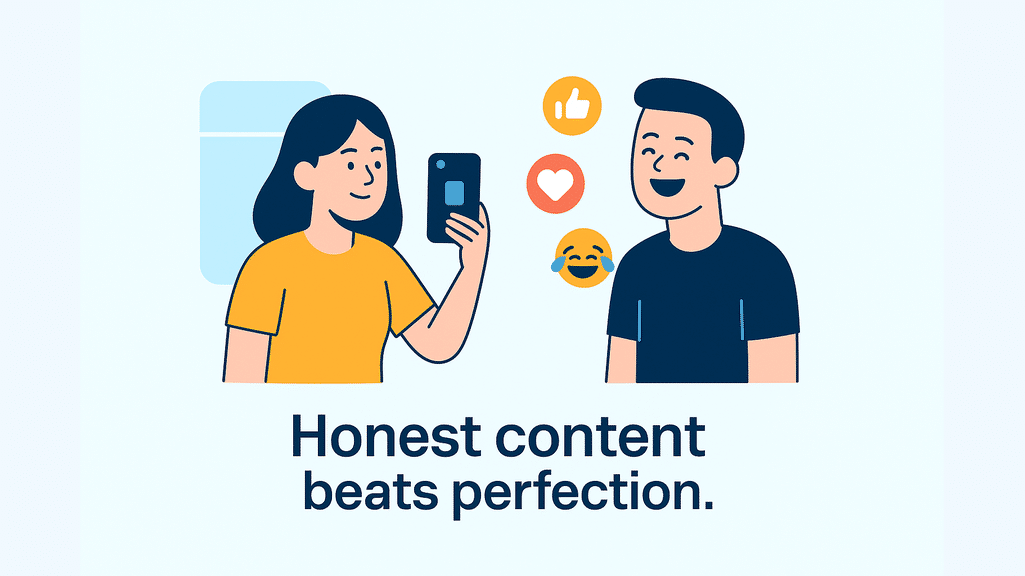
And you don’t need an army of staff in order to achieve it. In fact, some of the most successful mobile campaigns start with a phone, some sunlight, and an idea. If clarity, relatability, and visual rhythm matter most, then you’re communicating in the language of mobile consumers. You don’t need an enormous budget for production in order to be on the playing field. What you need is presence, honesty, consistency, and personality.
The bakery posting its prep work, the fitness trainer recording tips at the park, the artist shooting their process—these are the kinds of things that work on mobile-first platforms. It is live, it is real, and it is quite possibly more engaging than most ads.
FAQs
What kind of content works best on mobile?
Bite-sized vertical stories. Raw, unfinished footage with an authentic gaze. Fast stories and sharp, straight-up visuals. Humans scroll rapidly—give them something worth experiencing in quick succession.
How important is the optimization for mobile speed?
Crucial. If your content takes too long to load, you’ve lost the viewer before you’ve even begun. Mobile attention spans are merciless—speed buys you a few precious additional seconds to make your message stick.
How often should I post to be seen on mobile-first platforms?
Quantity trumps consistency. Keep posting, look like you’re showing up as things happen in real-time, and experiment enthusiastically. Platforms love users who make heavy use of their tools.

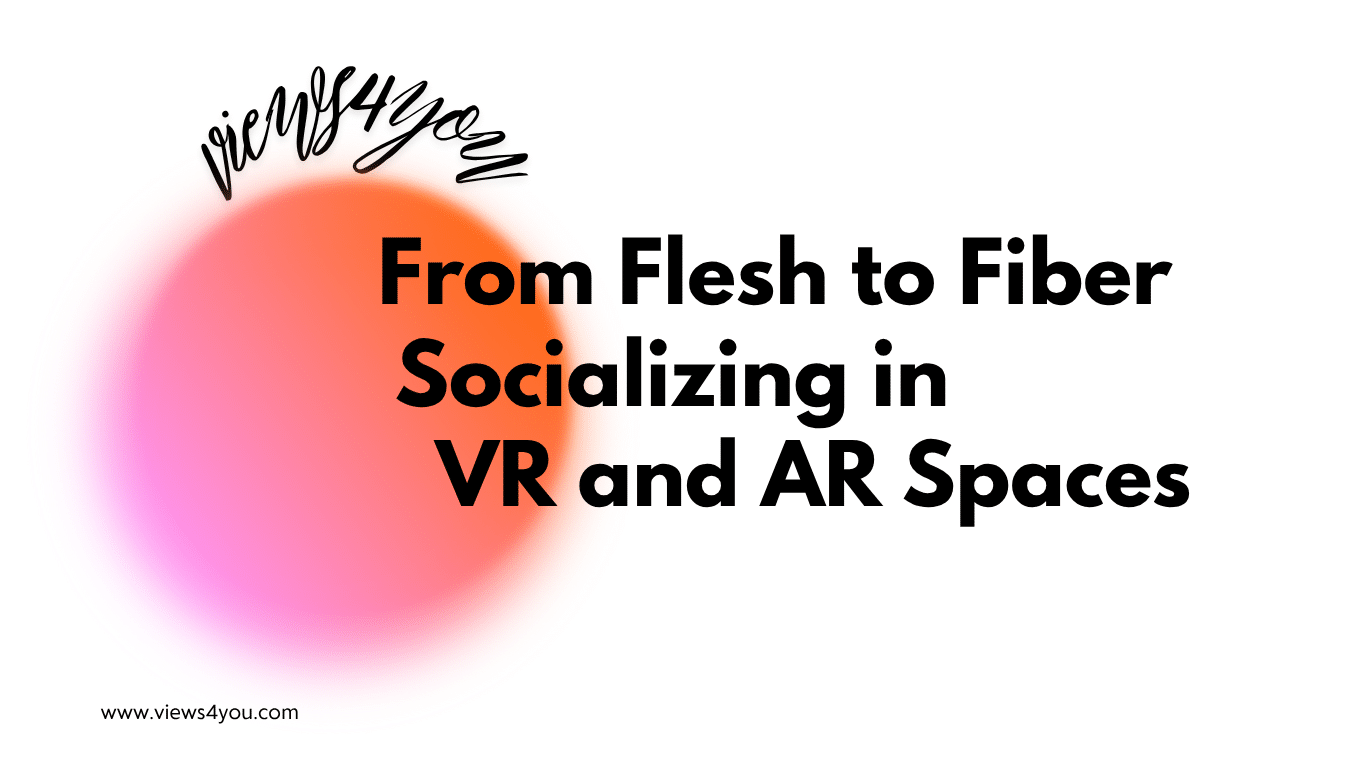
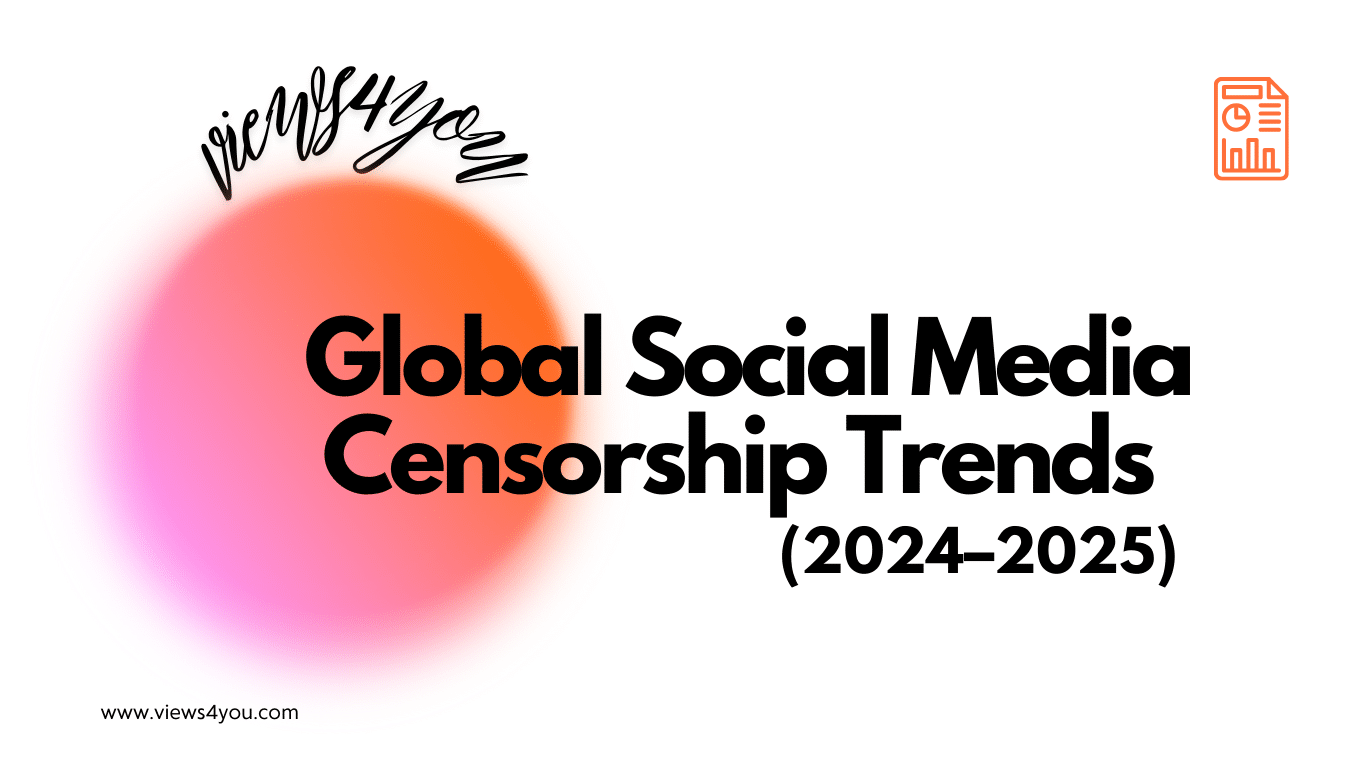

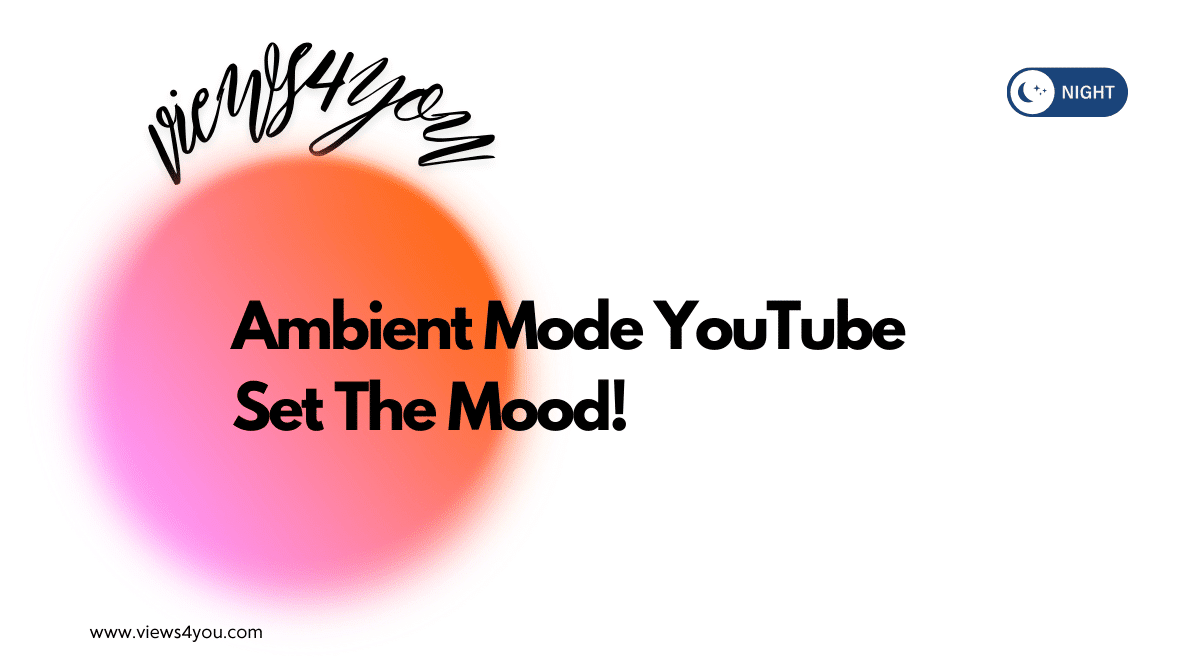

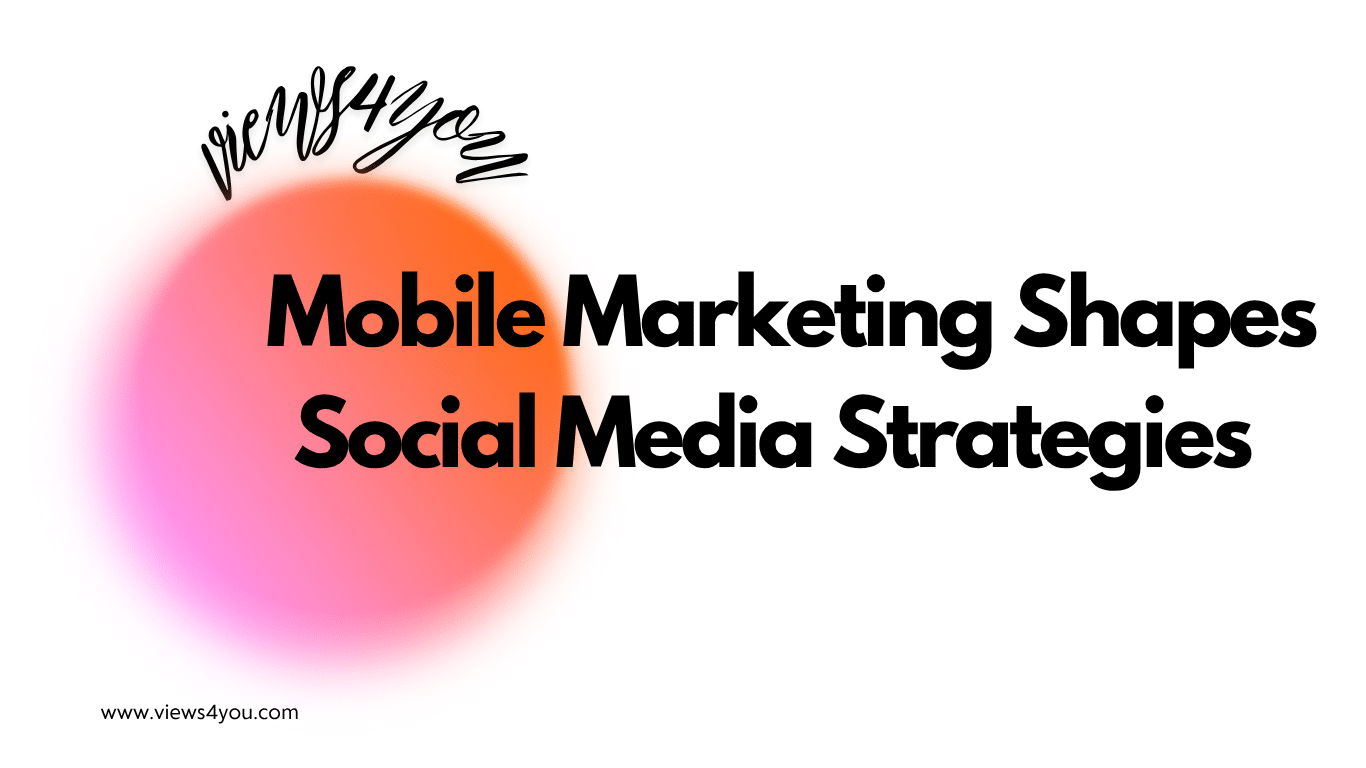
Комментарии